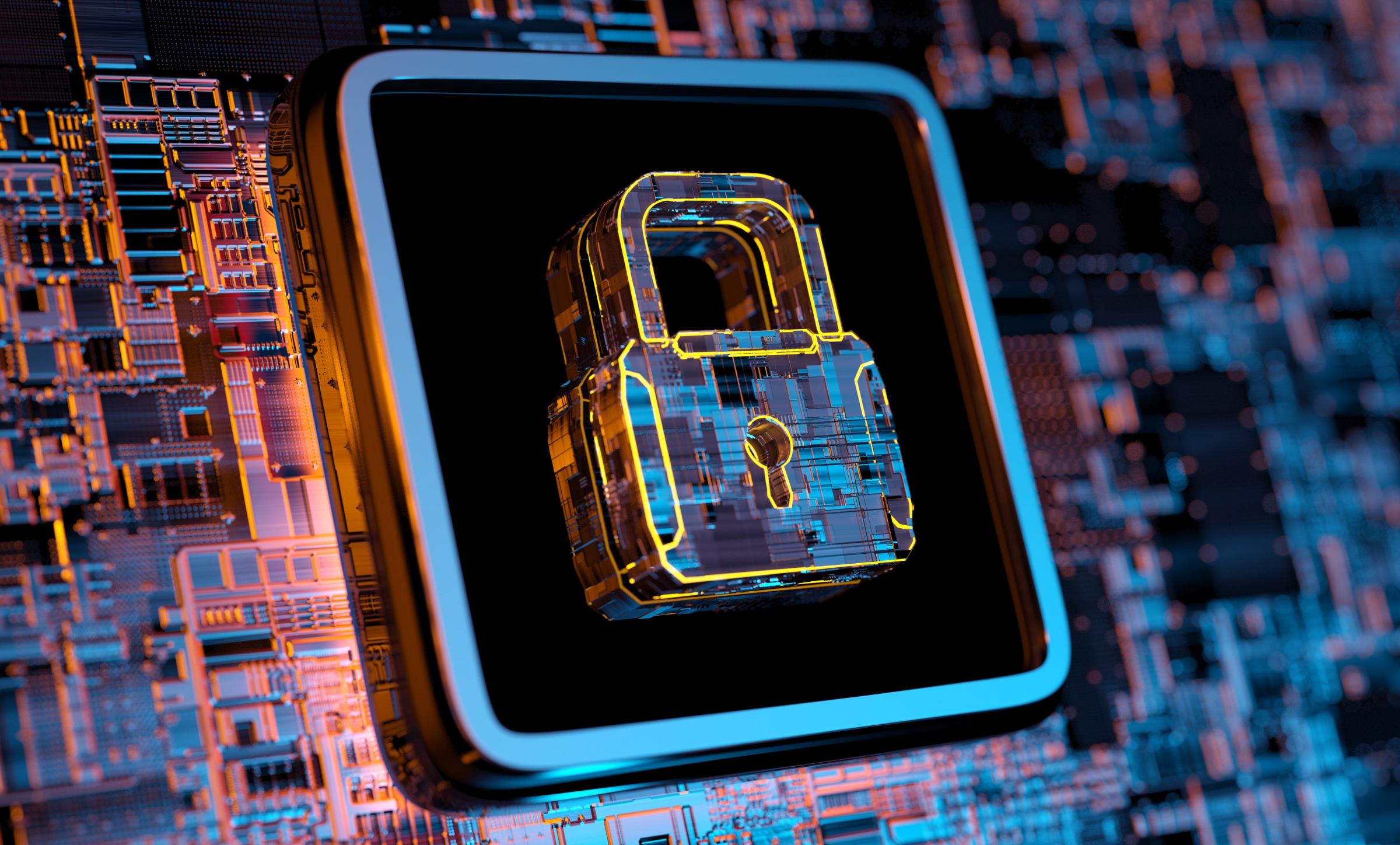Best Practices in Online Privacy and Security
Online privacy and security seem to be everyone’s talk today. With the ever-increasing threats of cyber-attacks, data breaches, and invasion of privacy, it becomes quite significant to implement best practices in safeguarding personal and sensitive information. Following are some of the most important strategies and practices to enhance online privacy and security.
1. Use Strong, Unique Passwords
One of the simplest and most effective ways to keep online accounts safe is to use unique strong passwords for each service.
- Complex passwords: Try to mix case letters, numbers, and special characters. Avoid using things like your birth date or common words.
- Unique passwords: Don’t reuse passwords from site to site. If one gets hijacked, reused passwords open up multiple accounts for hackers to access.
2. Enable 2FA
Two-factor authentication enhances security by requiring that there be a second form of verification in addition to your password.
- SMS or App-Based 2FA: Most mechanisms are to receive the code via SMS or through an authenticator app like Google Authenticator or Authy.
- Hardware Tokens: For even further advanced safety measures, ensure that you use hardware tokens like YubiKey.
3. Update Your Software/Devices
Keeping software and devices up to date can help prevent against vulnerabilities.
- Automated Updates: Enable the updating of your operating system automatically, and also update browsers and every other installed software to receive recent security patches.
- Update Firmware: Update firmware for devices, such as routers and smart home gadgets.
4. Be Careful while Opening Emails and Phishing Scams
Phishing is one of the common methods by which cybercriminals steal personal information.
- Verify Senders: Always check the sender’s e-mail address and never respond to unsolicited e-mails seeking personal information.
- Avoid Clicking Links: Don’t click on links or download attachments from unknown or suspicious emails. Instead, directly go to the Web site by typing the URL into your browser.
5. Use Secure Connections
Make sure your connection to the Internet is secure to protect your data from interception.
- HTTPS: Always look for “https://” whenever entering personal info on a website. The “s” stands for secure, and it comes with a cryptographic key to protect data.
- VPNs: When on public Wi-Fi, use virtual private networks to create a secure internet connection. A VPN conceals your IP address and safeguards data from possible eavesdroppers.
6. Back Up Your Data Regularly.
Backing up your data is the best way to avoid much hassle, whether it be due to cyber-attacks, hardware failures, or even simple file deletion. Back up important files through credible cloud services automatically.
- Cloud Backups: Back up relevant data in the Cloud.
- Local Backups: Keep local backups on external hard drives or other storage devices. Be sure to keep these copies in a safe place.
7. Limiting Sharing and Permissions
Be careful about what you put online and what permissions you give an app or service.
- Privacy Settings: Check and adjust privacy settings for social media and other online accounts so that your personal information doesn’t get out in public sight.
- App Permissions: From time to time, check the permissions given to mobile apps and deny access to things which are unimportant in terms of data or functionality.
8. Use Antivirus and Anti-Malware Software
The antivirus and anti-malware software can strive for the detection and cleaning of malware from your devices.
- Regular Scan: Allow regular scanning to detect and remove threats.
- Real-Time Protection: Opt for real-time protection to block the installation of malware on your devices.
9. Keep Yourself and Others Informed
Get latest updates regarding new threats and good practices to be safe online.
- Cybersecurity Awareness: Participate in any training on cybersecurity awareness, and stay updated with the latest security news and trends.
- Educate Others: Create an enabling environment whereby sharing knowledge with family, friends, and colleagues helps to keep them safe online.
10. Use Encrypted Messaging Apps
For secure communication, messaging apps should be used that provide end-to-end encryption of your messages.
- Encrypted Apps: Signal, WhatsApp, and Telegram are apps that use end-to-end encryption, so only you and the person who received your message can read it.
11. Monitor Financial Accounts
Monitor financial accounts to be able to quickly identify and act on transactions you didn’t initiate.
- Account Alerts: Set up alerts for large transactions or unusual activity.
- Review Statements: Frequently review bank and credit card statements looking for any suspicious transactions.
12. Secure Your Home Network
Protecting your home network is important in securing all the devices which use your network.
Change default usernames and passwords on your router and other network devices.
- Encryption: WPA3 encryption on a WiFi network will give the best protection.
- Guest Networks: Make sure to set up a guest network for visitors and have them log on instead of using your main network.
13. Public Wi-Fi Can Be a Threat
Public Wi-Fi is not secure. The cybercriminal could hijack your data easily while it is transferred over public Wi-Fi.
- Avoid Sensitive Transactions: No sensitive transactions like online banking should be done on public Wi-Fi.
- Use a VPN: Connect via a VPN when you absolutely need to use the public Wi-Fi for some reason, so the data is at least encrypted and safe from prying eyes.
14. Adopt a Zero Trust Model:
Designing Zero Trust security essentially involves authenticating devices, users, and applications before access to your systems is provided.
- Continual Monitoring: Monitor and validate all access requests.
- Least Privilege Access: Give users only the minimum access level necessary for them to perform at work.
15. Plan for a Breach
Even in the best of designs, data breaches still happen. Preparing for this event will markedly reduce the damage.
- Incident Response Plan: Design an incident response plan and update it consistently for the detailing of acts to be performed instantly in case of a breach for its containment.
- Identity Theft Protection: You may want to consider subscribing to Identity Theft Protection services that monitor and alert you to potential misuses of your personal information.
Also read: Unveiling the benefits of cloud computing for a small business?
Conclusion
Digital existence finds its core in online privacy and security today. As such, these good practices can help you reduce the risk of cyber attacks to a very minimal level, thus maintaining the integrity of your personal and sensitive information. One must remember that being vigilant and proactive to your safety online is always imperative. Keep updating your measures constantly in the light of emerging threats to keep yourself safe digitally.
Other Sources: Noobpreneur






